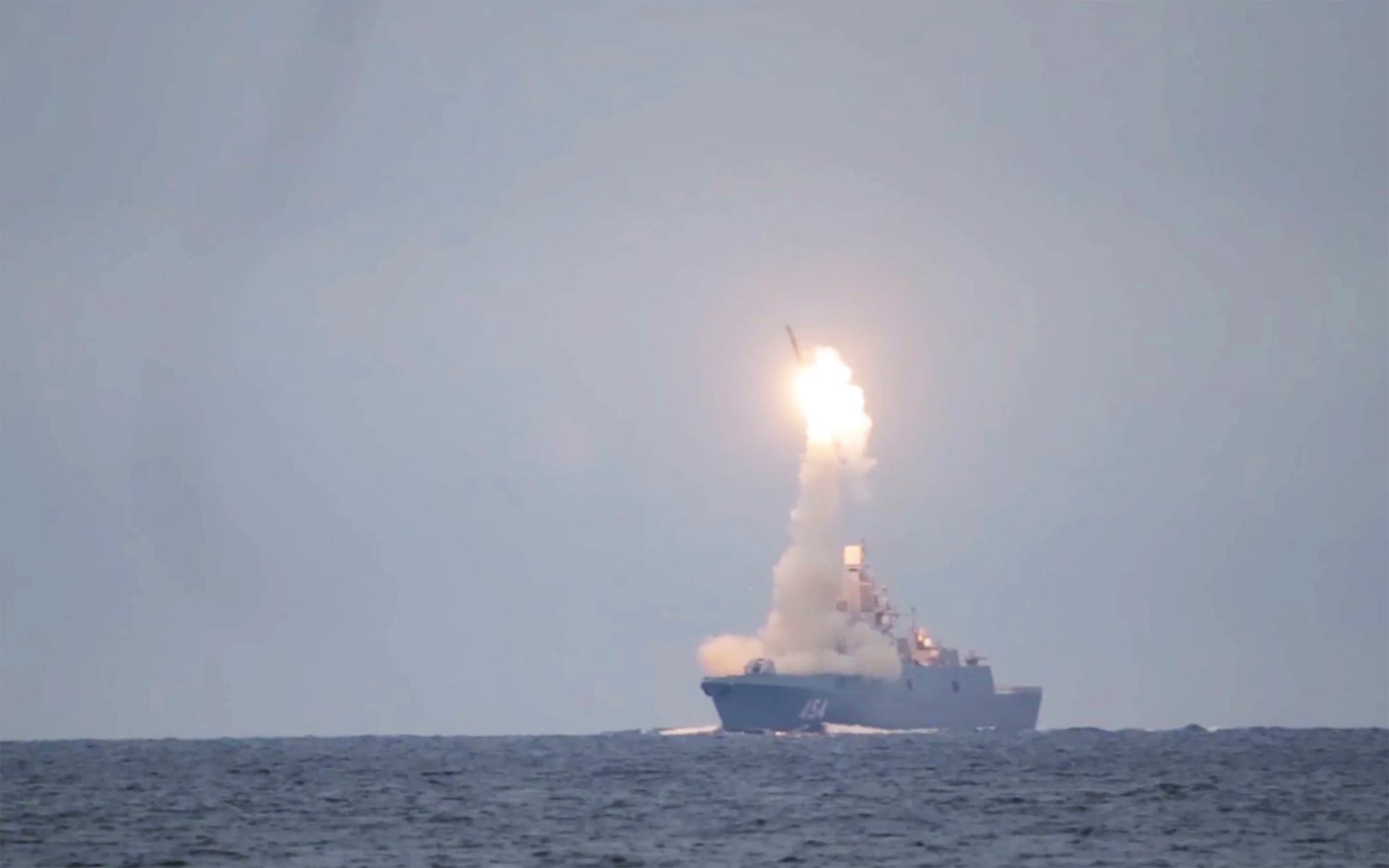WASHINGTON — Concerned with a gap in the military’s ability to detect low-flying hypersonic weapons, lawmakers want the Pentagon to deliver a progress report on efforts to fill it, particularly through commercial solutions, according to the House Armed Services’ markup of the fiscal 2022 defense policy bill.
If the defense policy bill passes, the Defense Department would be required to deliver a report in a few short months — by the end of November — on the status of its efforts to develop the ability to detect low-flying hypersonic weapons using radar.
“The committee is concerned about the inability of current radar systems to detect, track, engage and defeat emerging threats from hypersonic weapons,” an amendment added to the HASC markup states. “As identified by the National Defense Strategy, the Department of Defense has an immediate need to reinforce efforts to counter these weapons.”
Lawmakers want the Air Force and the Missile Defense Agency to examine current missile defense efforts and decide if the agencies are “taking into account innovative and cost-effective solutions available commercially.”
RELATED

The report needs to include an evaluation of the Air Force’s current ability to detect hypersonic weapons, plans to guarantee a “comprehensive” assessment of commercially available technology to improve radars and a description of investments for upgrades to existing radar systems to detect hypersonic weapons, the pending legislation states.
The lawmakers also want to know what investments have been made in standalone gap-filler radars that can detect hypersonic weapons, a cost comparison of those investments versus what is available commercially, and an estimate of what the Pentagon will need in future budgets beginning in FY23 to fill the gap, according to the markup.
Picking up low-flying hypersonic missiles — ones that can hug the earth at roughly just 500 feet in the air — is a particularly hard problem to solve, not just because they can maneuver in a flight path but because of the speed these missiles can achieve, an industry expert who wished to remain anonymous due to business relationships, told Defense News.
The missiles can fly so fast they create friction with the air to the point it becomes ionized where molecules separate, creating a charged cloud of particles, forming a plasma sheath around the missile. This sheath absorbs the radar energy rather than reflecting it and bouncing it back.
Space sensors can’t solve the low-flying hypersonic radar problem, the expert said, because radars or infrared cameras in space are only able to see hypersonic missiles flying at high or medium altitudes. Low-flying hypersonic weapons would appear just as very dim dots and it would be difficult to tell it from other ground clutter.
Since space-based sensors don’t cut it, the only way to detect hypersonic weapons at low altitudes is by using high-power radars on the ground. Space platforms can’t accommodate the level of power needed to see the missiles.
Radars in operation now are not powerful enough and also don’t have the high resolution needed to make out the missile, according to the expert.
While the 40-year-old North Warning System in the Arctic is still quite powerful, it lacks the requisite resolution. A fix would entail new hardware and electronics that can handle high processing speeds and bandwidth, the expert explained. Additionally, with some artificial intelligence and autonomy capability thrown in, threat detection and tracking could be improved.
Current cost projections to upgrade the North Warning System is roughly $10 billion, but according to the expert there are less expensive ways to bring about a hypersonic-detection capability.
Congressional appropriators in FY21 provided $100 million for the U.S. North Warning System and required the Pentagon to provide a report on the status of the system, to include its operational integrity and what technology is used by the system compared to technology necessary to detect current and anticipated threats, particularly cruise missiles. The system is a joint U.S. and Canadian early-warning radar system for North American air defense.
Jen Judson is an award-winning journalist covering land warfare for Defense News. She has also worked for Politico and Inside Defense. She holds a Master of Science degree in journalism from Boston University and a Bachelor of Arts degree from Kenyon College.








